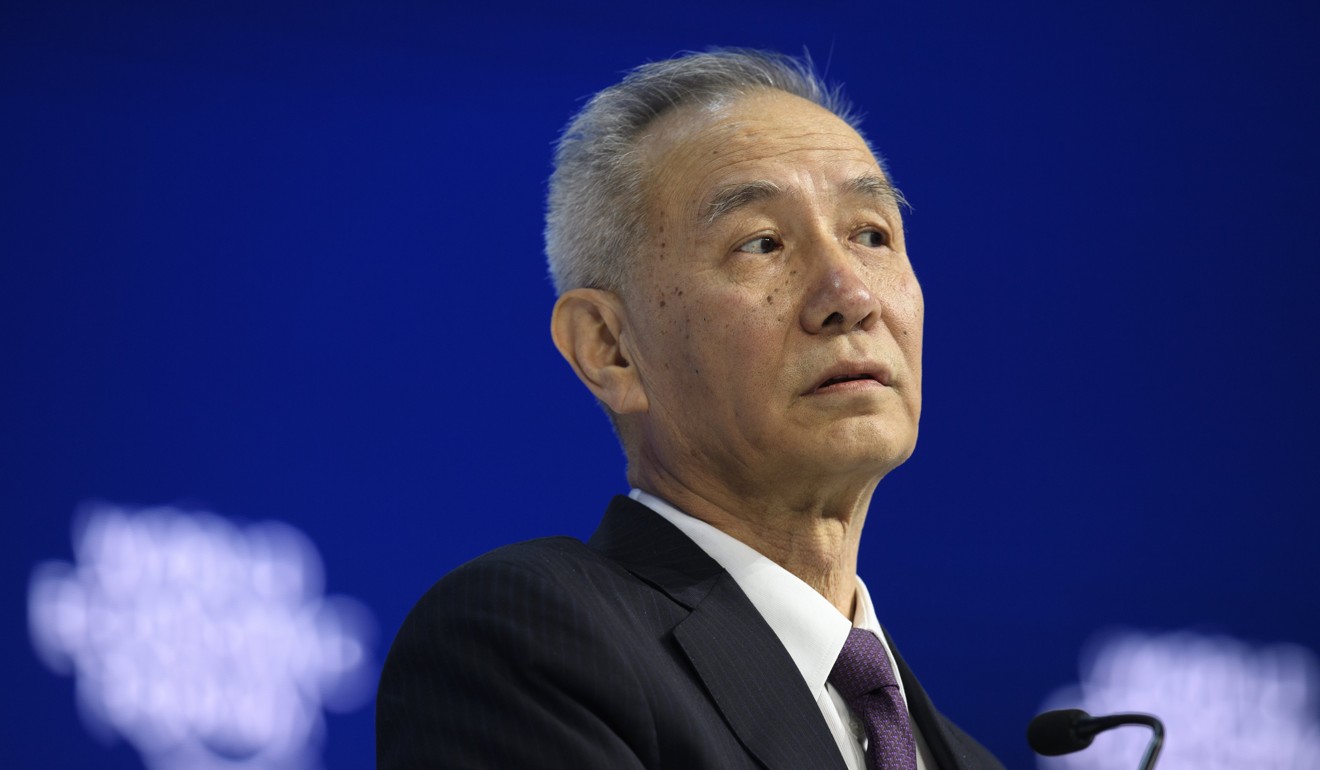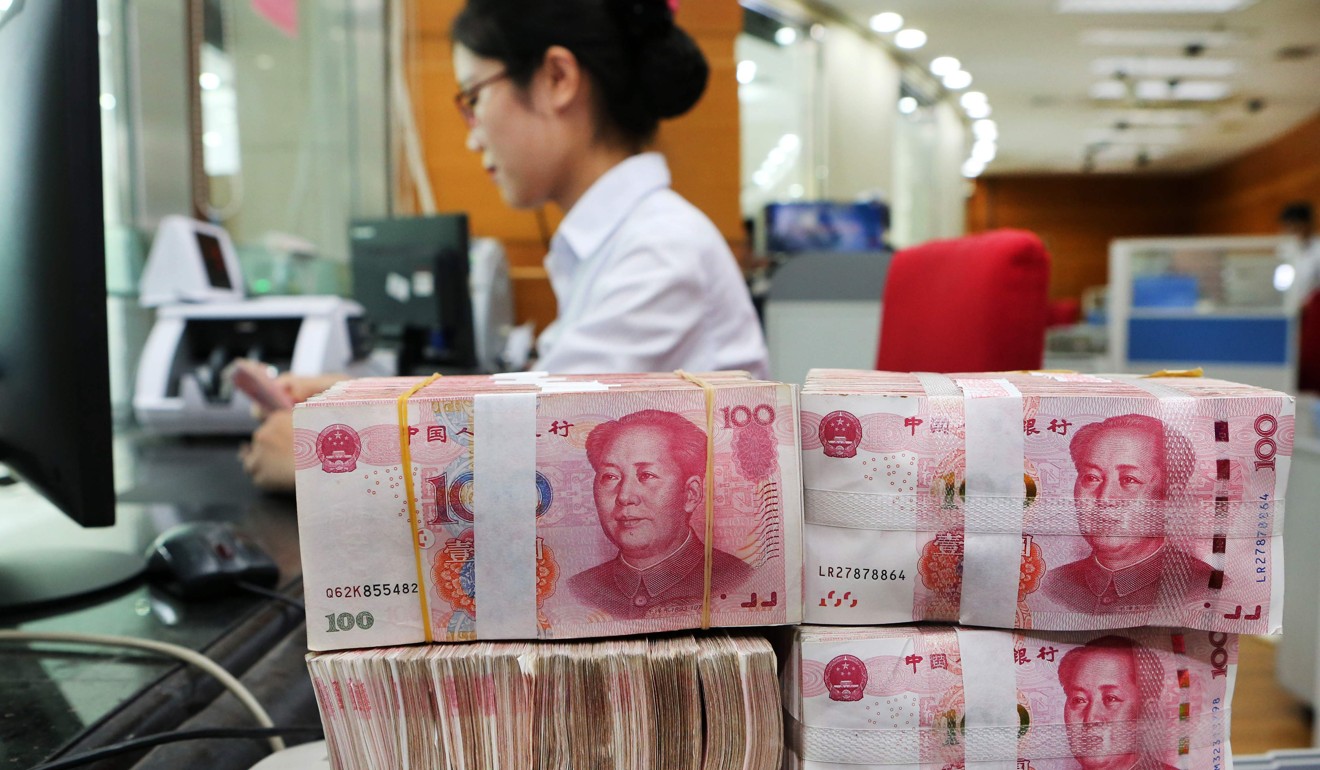
Beijing tells banks to lend more to small business as economy slows even before US tariffs start to bite
Financial agency says system needs to ‘create new dynamism’ for growth as it tries to head off risks to jobs and economy from trade war with Washington
The government financial committee led by Vice-Premier Liu He has ordered China’s banks to lend more to small business as Beijing tries to head off growing risks to jobs and growth from a trade war with Washington.
After its second meeting under Liu, the Financial Stability and Development Committee – the agency in charge of coordinating financial policies – said the system needed to “create new dynamism” for growth and that banks must improve their internal mechanisms to encourage lending to small business, according to a statement on Friday.
While small businesses are vital to employment, they are also vulnerable to external shocks. The latest purchasing managers’ survey published by Caixin magazine on Friday showed that growth in the service sector, which contributed about 60 per cent of China’s economic growth last year, slowed further in July. The outlook for the economy among Chinese managers fell to its lowest level in almost three years – even before US tariffs on Chinese exports started to bite.

The purchasing managers’ survey showed manufacturing activity also eased in July, painting an increasingly gloomy picture for the world’s second biggest economy down the track after it recorded 6.7 per cent growth in the second quarter.
China’s manufacturing growth in July slowest for eight months, export orders shrink, survey says

China must “seek a balance between stabilising growth and preventing risks” as the country is “facing growing external uncertainties”, according to the financial committee statement.
But Hong Hao, chief strategist at Bocom International, the investment banking unit of Bank of Communications, said the latest directive may not be that effective.
“Small and medium-sized enterprises always find it difficult to get hold of funds,” and a “targeted” monetary policy may not fundamentally change that problem, Hong said.
“It’s not uncommon for a monetary policy to deviate from the original plan in the implementation,” he added.
Louis Kuijs, chief Asia economist at Oxford Economics, wrote in a note on Thursday that China’s policymakers had shifted macro policy emphasis towards supporting growth, at a time when growth is slowing and as it is locked in a trade conflict with the US.
But fine-tuning measures “do not imply a major shift in the macro stance towards significant stimulus or the end of the deleveraging campaign”, Kuijs said.
The financial committee said the main problem was China’s “monetary policy transmission mechanism” – meaning the central bank has pumped enough liquidity into the banking system but the banks are reluctant to lend to small business.
Under Donald Trump, America may go from trade rule-maker to rule-taker
Ding Shuang, chief Greater China economist at Standard Chartered, said it was not a new problem for China’s financial system that money was not flowing into real economic activities on the ground.
The emphasis on the “transmission mechanism” was aimed at “preventing too much money from flowing into the property market” and inflating home prices, Ding said.
The Caixin Composite Purchasing Managers’ Index (PMI) – which combines sentiment in both the service and manufacturing sectors – fell to 52.3 in July from 53.0 in June. A reading above 50 means the economy continued to expand, although the lower number for July meant the growth rate declined.
Even before the US imposed import tariffs, the economy was expected to slow in the second half of the year due to the effects of the Chinese government campaign to clamp down on risky lending and excess local government debt.
The US sanctions only add to downward pressure on the Chinese economy. Washington’s tariffs on steel and aluminium imports that took effect on June 1 will hit China hard, given it is the world’s largest producer of both products. Duties on a range of Chinese imports worth US$34 billion began on July 6, to be followed by sanctions on an additional US$16 billion in the near future. Tariffs on yet another US$200 billion in Chinese imports into the US are now being considered by the administration of Donald Trump, with the US saying this week it was considering raising the tariff rate to 25 per cent, from the 10 per cent originally proposed.
Given that it can take months for new duties on imports to hit new orders for those goods, the full impact of the tariffs already announced – let alone new tariffs – will not be seen until later this year, at the earliest.


